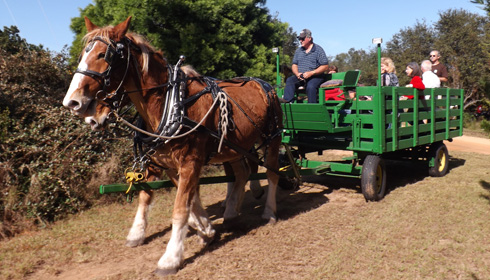While making breakfast recently, I turned on the radio. The
story: One year after the Newtown killings, still no answer as to ‘Why.’
I turn the radio off.
Sitting down to eat my oatmeal, I picked up the newspaper
and scan front-page stories: Ongoing water woes…the plight of the Florida black
bear…more reflections on the Newtown killings…
I put the front-page down and picked up the comics. I wanted
to feel good. I wanted to laugh. Comics will do that — at least a few of them
will.
It’s not that I’m opposed to hearing hard news. I want to
know what’s going on in the world. I want to be aware, to be informed. What I
don’t want, however, is to be inundated with bad news. I need inspiring tales
to balance the sad ones.
That’s why I often turn to nature. I’m never disappointed or
upset when I watch the sunrise or observe a sunset.
I’m not depressed when I
listen to an Eastern phoebe singing from its garden perch or follow a
butterfly’s flight from one blossom to another.
I know nature is not free from concerns. Climate change and
diminishing wildlife habitat are only two of the many problems besetting the
natural world. There are struggles and challenges, but rather than dwelling on
dangers ahead, I’d rather focus on what’s happening right now. As much as
possible, I want to be present and aware.
As this New Year approaches, I urge anyone seeking a refuge
from the day’s upsetting and stressful news to take a break by stepping
outside. You don’t have to live in the countryside to experience nature. You
don’t need any special gear. You can open a window and simply feel the breeze.
You can give your mind a rest and let your ears pick up the songs of birds,
insects and the wind rustling through trees.
If you decide to take a walk, you don’t have to go far.
There are treasures in your own backyard, in your neighborhood or town. As you
stroll down the sidewalk, look closely at the ground. Smell the flowers.
Observe the leaves. Gaze upward at the sky. Think back in time to how you used
to watch clouds as a child. Become that child again. Honor the mystery.
Moments of wonder are all around us. To make them appear,
all you have to do is be open to the beauty. Take time — make time — to be
aware of your surroundings.
There’s no shortage of
inspiration in nature. I promise to share.


.JPG)
.JPG)

.JPG)
.JPG)
.JPG)
.JPG)
.JPG)
.JPG)
-001.JPG)
.JPG)
.JPG)
.JPG)
.JPG)
.JPG)

.JPG)

.JPG)

.JPG)
-001.JPG)
.JPG)

.JPG)
.JPG)

.JPG)
.JPG)

.JPG)


.JPG)
